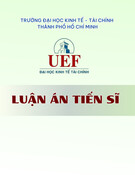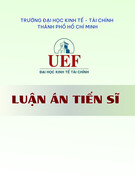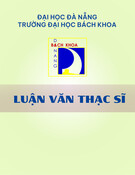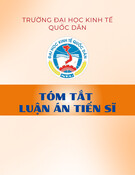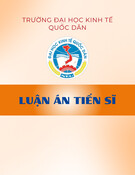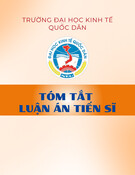
Continuous-time Model Predictive
Control
Quan Truong
March 2007
Submitted in accordance with the requirements for the
degree of Master of Engineering
School of Electrical and Computer Engineering
RMIT University
Melbourne, Australia


Abstract
Model Predictive Control (MPC) refers to a class of algorithms that optimize
the future behavior of the plant subject to operational constraints [46]. The
merits of the class algorithms include its ability to handle imposed hard
constraints on the system and perform on-line optimization.
This thesis investigates design and implementation of continuous time model
predictive control using Laguerre polynomials and extends the design ap-
proaches proposed in [43] to include intermittent predictive control, as well
as to include the case of the nonlinear predictive control.
In the Intermittent Predictive Control, the Laguerre functions are used to
describe the control trajectories between two sample points to save the com-
putational time and make the implementation feasible in the situation of the
fast sampling of a dynamic system.
In the nonlinear predictive control, the Laguerre polynomials are used to
describe the trajectories of the nonlinear control signals so that the reced-
ing horizon control principle are applied in the design with respect to the
nonlinear system constraints.
In addition, the thesis reviews several Quadratic Programming methods
and compares their performances in the implementation of the predictive
control. The thesis also presents simulation results of predictive control of
the autonomous underwater vehicle and the water tank.
Keywords: Model Predictive Control, Intermittent Model Predictive Con-
trol, Nonlinear Model Predictive Control, Quadratic Programming, Cost
Functions, Laguerre Functions.
i

ii

Declaration
I certify that except where due acknowledgement has been made, the work
is that of the author alone; the work has not been submitted previously, in
whole or in part, to qualify for any other academic award; the content of
the thesis is the result of work which has been carried out since the official
commencement date of the approved research program; and, any editorial
work, paid or unpaid, carried out by a third party is acknowledged.
Quan Truong
March 2007
iii






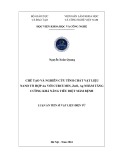

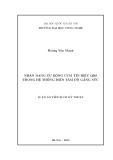
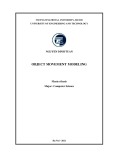

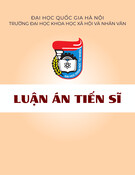
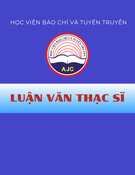
![Đạo đức nghề nghiệp nhà báo truyền hình: Luận văn Thạc sĩ [Năm]](https://cdn.tailieu.vn/images/document/thumbnail/2025/20251015/tranhoangtinh2402199/135x160/50131760494621.jpg)




